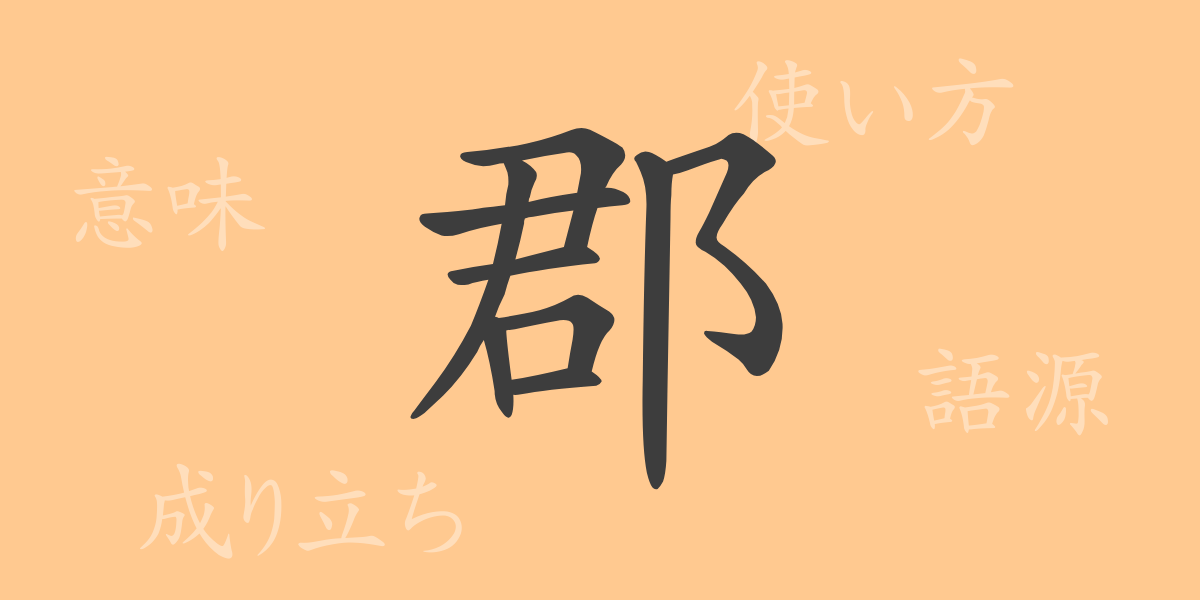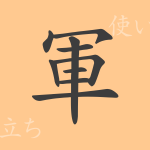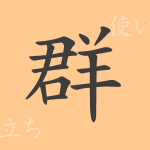The depth of Japanese written culture is such that each kanji character holds a story from its origins to its present usage. The kanji “郡(ぐん)” is used in administrative divisions and is closely related to our daily lives. This article explores the hidden history, meaning, usage, and expressions involving the kanji “郡(ぐん).” Let’s delve into the fascinating world of this character.
Origin of 郡(ぐん) (Etymology)
The kanji “郡(ぐん)” originates from ancient Chinese administrative divisions. It was used as an administrative unit below the “国(くに)” during the Zhou Dynasty in China and was later introduced to Japan. The character itself comprises “垂(すい),” representing a gathered community, and “邑(ゆう),” meaning a place where people gather, symbolizing a region consisting of multiple settlements.
Meaning and Usage of 郡(ぐん)
In modern Japan, “郡(ぐん)” is used as an administrative division below the city level. It typically consists of several towns and villages. Additionally, “郡(ぐん)” often appears in place names and regional designations, symbolizing local pride and regional identity.
Reading, Stroke Count, and Radical of 郡(ぐん)
“郡(ぐん)” is a commonly used kanji in Japan with specific structural and reading characteristics:
- Reading: The on’yomi (Chinese reading) is “グン(ぐん),” with no kun’yomi (Japanese reading).
- Stroke count: The character has a total of 10 strokes.
- Radical: The radical is “邑(ゆう)” or “えき,” which is also found in related kanji such as “郵(ゆう),” “郷(きょう),” and “都(と).”
Idioms, Expressions, and Proverbs Using 郡(ぐん)
There are many idioms and expressions in Japanese that include “郡(ぐん).” Here are a few examples:
- 郡部(ぐんぶ): Refers to rural areas composed of towns and villages, as opposed to urban areas.
- 郡代(ぐんだい): An official role during the Edo period responsible for the administration of a “郡(ぐん).”
- 郡県制(ぐんけんせい): Refers to the administrative reform in early Meiji Japan, which reorganized local governance.
Conclusion on 郡(ぐん)
Exploring the history and meaning contained within a single kanji character is key to understanding Japanese culture and language. The kanji “郡(ぐん)” conveys the concept of administrative divisions that have been passed down from ancient China and symbolizes the bonds and identity of regional communities. Though “郡(ぐん)” is a character we might see daily, it holds a long history and many stories within its strokes.

























